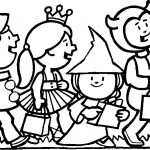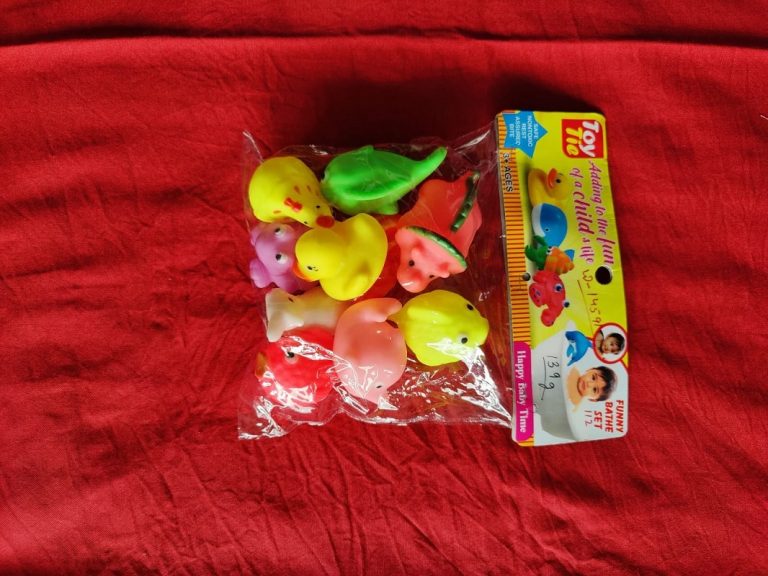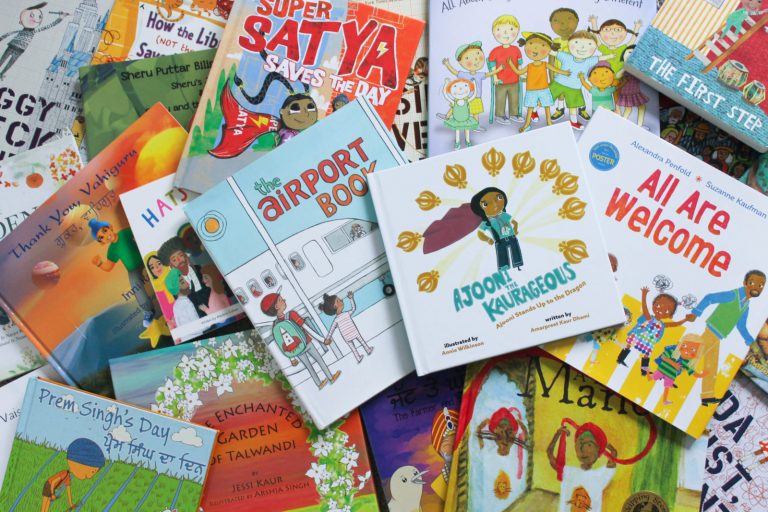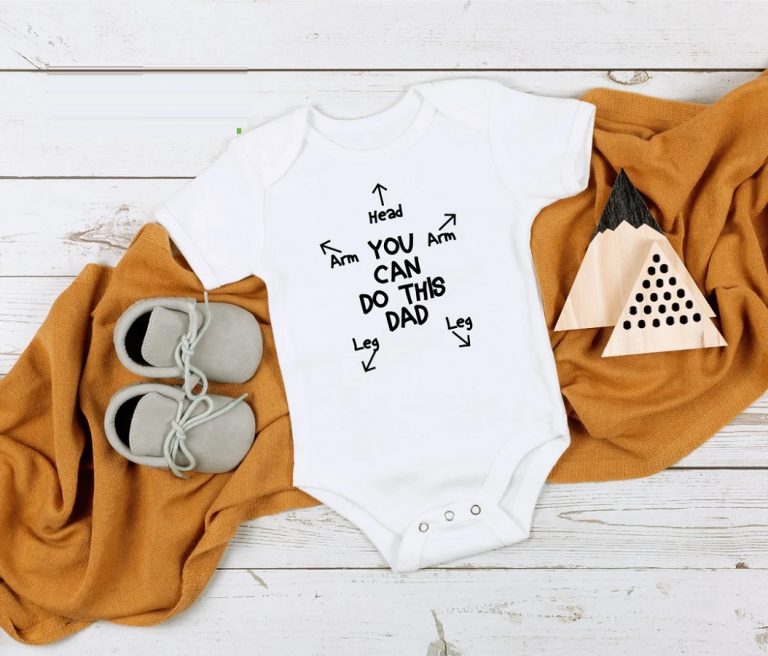The advantages of art for kids are numerous you need to include problem-solving abilities, ingenuity, literacy, fine & gross motor skills, connection, and understanding.
Educators tell us that art encourages fine motor skills, neural development, and problem-solving talents and that it could be used effectively to instruct and understand other key subjects such as reading, writing, math, and science.
Therapists tell us that art is valuable since it allows children to process their world, to cope with sometimes scary emotions in a safe way, and because it provides them critical sensory input.
Artists reveal that art is very important to its sake-as a way to obtain beauty and expression, as well as simply for the process of creating.
Kids reveal that art is fun, a task they enjoy.
Parents reveal that art is vital with their families since it maintains everyone engaged and happy and supports the sometimes difficult transitions of your day.
Art is naturally associated with imagination, an attribute that is significantly being touted as one of the main factors for the success of individuals, organizations, and cultures.
The simple truth is that art is essential, if somewhat intangible, and that if children take part in hands-on art activities, they learn far better in every disciplines.
1. Art promotes creativeness.
Creativity is the ability to think beyond your proverbial container, to string two unrelated ideas alongside one another in a fresh way. Answers to major problems and breakthroughs of most kinds are linked to creativity.
The ability to be creative is vital to the success of our children and the well-being of the world. Now, more than ever, once we face outstanding challenges such as racial discord, wars, global warming, and mass extinctions. Individuals, organizations, and governments seek ground breaking alternatives every day.
Based on the International Child Art Foundation, “Research reveals that a child who is subjected to the arts acquires a particular ability to think creatively, be original, discover, innovate, and create intellectual property-key attributes for specific success and social prosperity in the twenty-first century.”
The globe needs more and better thinkers.
2. Art encourages neural connections.
Art is an activity that can use all the senses–sight, audio, touch, smell, and taste–depending on the experience. Children’s brain synapses flames away as they experiment and create by squishing paint between their fingers, mixing colors & materials, or drawing from creativity or what they see before them.
3. Art builds fine motor skills.
Gripping a paintbrush, drawing dots and lines, mixing colors, reducing with scissors, handling a glue stick or squeezing a glue bottle, kneading and rolling playdough, tearing paper-all of these responsibilities require increasing levels of dexterity and coordination, yet they are simply so fun and rewarding that children wish to accomplish them again and again. As kids take part in art activities as time passes, their fine motor skills improve.
4. Scribbling is a precursor to writing.
Very young children get started by scribbling randomly, backwards and forwards. However the more they scribble, the greater they could control the crayon and its movements over the paper. Visit: https://doodlico.com/
As children figure out how to control their scribbling, they make a wider variety of figures, eventually making all the shapes essential to write the letters of the alphabet-any alphabet.
5. Art develops problem-solving talents.
Open-ended, process-oriented art is nothing but an endless opportunity for making choices, coming to conclusions, second-guessing decisions, and evaluating results.
Children become more more comfortable with uncertainty and continue to be flexible thinkers, which is key for creative imagination and confidence. Along with the more experience they may have with a variety of materials and techniques, the more likely they may be to try new combinations and ideas.
6. Art helps kids understand themselves and their world.
Children absorb incredible levels of new information, plus they need to process what they have discovered in a safe, reflective way. Art allows those to explore feelings and deal with both daily and significant events.
Art materials give a safe outlet for emotions. Feelings and ideas can be reduced to a manageable size and manipulated as desired. Activity, image, color, line, and imagination all help children go to town in a multidimensional way. That is a way that words might not have the ability to do, or which may be more comfortable for the coffee lover than words.
Whenever we encourage our kids to explore art, we cause them to become master themselves, their bodies, and a variety of tools and techniques. We give them many ways to express themselves.
As parents and teachers, we may offer a host where it is safe to experiment and create. An environment where questions are inspired and children have free usage of the materials they want and revel in. We do this never to produce career artists but to improve children who are self-assured and comfortable with their creative imagination in whatever form in might take.
7. Art helps kids hook up.
Art is an equalizer, helping generate a common ground for children who don’t know one another and who may or might not exactly be thinking about the same things. It can benefit folks of all ages, races, expertise, and even languages take part in a shared (and generally mutually loved) activity.
The path to the art-filled life involves an open head, a few simple tools, a lttle bit of preparation, and an exploratory approach. It’s a path anyone may take at a pace that suits you and your family.





















